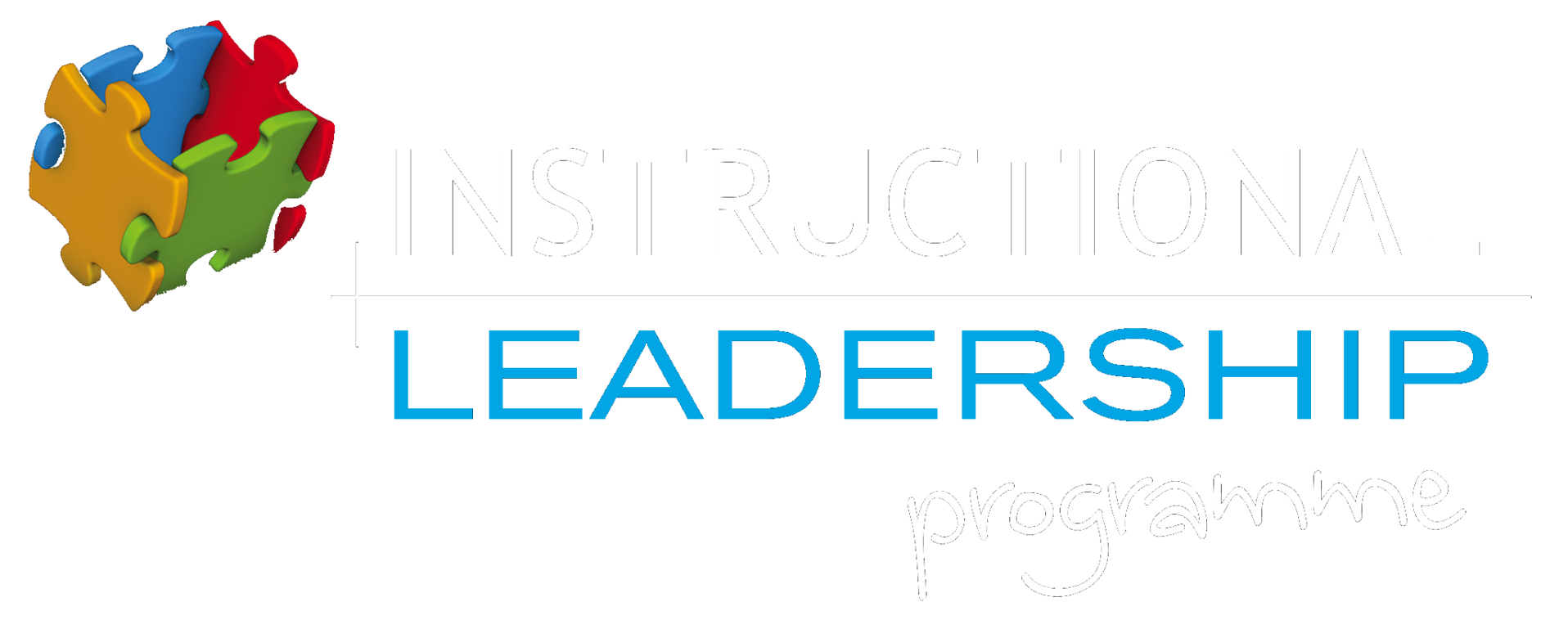Module 10 : Mind Mapping and Concept Mapping
Aims:
1. To extend further the instructional repertoire of participants by introducing them to the value of complex graphic/visual organisers as strategies for the enhancement of student learning; with specific reference to:
- Concept Maps
- Mind Maps.
2. To acquaint participants with the critical attributes of each model
3. To acquaint participants with the work of Joseph Novak and Tony Buzan in developing these models.
4. To provide participants with models ofsuch organisers for critical engagement.
5. To deepen participants’ understanding of how these strategies may be effectively integrated with other actions and interventions.
Content:
- A rationale for the use of Mind Mapping and Concept Mapping with particular reference to Advance Organisers’ role in assisting learners to organise information and make connections
- Explanation of Mind Mapping and Concept Mapping
- Exploration of similarities and differences between Mind Maps and Concept Maps
- Consideration of exemplars of Mind Maps and Concept Maps
- Consideration of rubrics to help in evaluating Mind Maps and Concept Maps
Learning Outcomes:
At the end of their engagement with this module, participants will:
1. Be able to identify the critical attributes of a Mind Map and a Concept Map.
2. Be able to articulate and exemplify the differences between the two models of graphic organiser.
3. Be able to integrate each model as required in a complex lesson plan.

